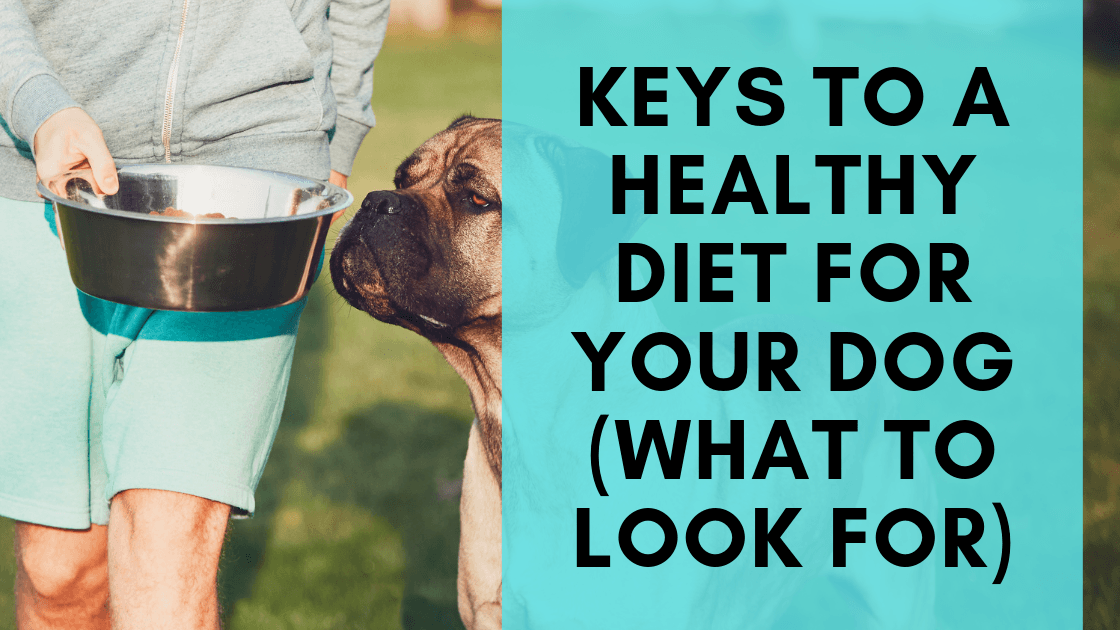You spend a lot of time in the dog food aisle, weighing this brand’s nutrition against that brand’s, comparing first ingredients and the percentage of byproducts, asking the sales clerk for her educated opinion.
But do you pay the same attention when selecting your dog’s treats?
Treats aren't as regulated as dog food
It’s estimated that 40 percent of dog owners give their pets treats for training purposes, upon performing a trick or, ahem, after the dog does his business. Treats should only make up 5 to 10 percent of his daily caloric intake. Yet the Association of American Feed Control Officials doesn’t regulate, test, approve or certify dog food, including treats.
It sets the nutritional standards for a balanced diet, yet it’s up to pet food companies to create products that align with the AAFCO’s standards and pet owners to make healthy choices for their pooches.
But even dog food can be difficult to decode for the average dog owner. This complete guide to choosing a food for your dog will help!
What to look for in a treat
To avoid weight gain from treats, your dog will need options that are low-calorie, low-fat and high-fiber. (It also helps to choose treats that can be easily broken into pieces for use while training so his diet isn’t impacted too much.) To be certain about the ingredients in Fido’s treats, you might consider mixing some brown rice into his food, as it’s good for upset stomachs.
Read more about healthy diets for dogs
Alternatives to manufactured dog treats
Pureed pumpkin (not pumpkin pie filler) is good for an overweight dog, as it helps him feel full faster. He should also enjoy plain air-popped popcorn, small pieces of vegetables (like green beans and broccoli) or fruit (like banana slices). Lesser-known treats okay for your dog include a small bit of cabbage, frozen sardines, cauliflower and dehydrated apricots.
The problem with feeding him table scraps, of course, is that it may cause him to linger around the dinner table or even start begging during your mealtime. You know one of those annoying and common behavior problems in dogs.
If you do want to give him food from the fridge, try to do it at a time when you aren’t also trying to eat so he’s less likely to associate you sitting at the table with a tasty treat in his mouth.
What qualifies as a healthy dog treat?
There are healthy dog treat options on the market. When you look at the ingredients, know that they’re listed in order of weight – meaning there’s more of the first ingredient than the second. However, if the first two ingredients weigh the same, the manufacturer can list the ingredients of same weight in whatever order it wants.
If there’s a sweetener in the treat, you want to look for applesauce, honey or molasses rather than artificial sweeteners. When picking a dog treat, you want to select one whose ingredients you recognize, just as when you grocery shop for yourself; fresh, locally sourced, unprocessed foods are best. Avoid artificial preservatives and artificial coloring.
Remember there are ways to reward your dog when working on obedience training other than with a treat. Big praises and special dog toys are also very effective for rewarding expected behavior.
Added bonus: treats that are good for your dog and the environment
In addition to being healthy for your dog, it’s a bonus when treats are good for the environment. Check the label to see if the packaging is made with recycled materials. And some dog treat manufacturers donate a percentage of their sales to charity, so be on the lookout for that feel-good opportunity, too.



